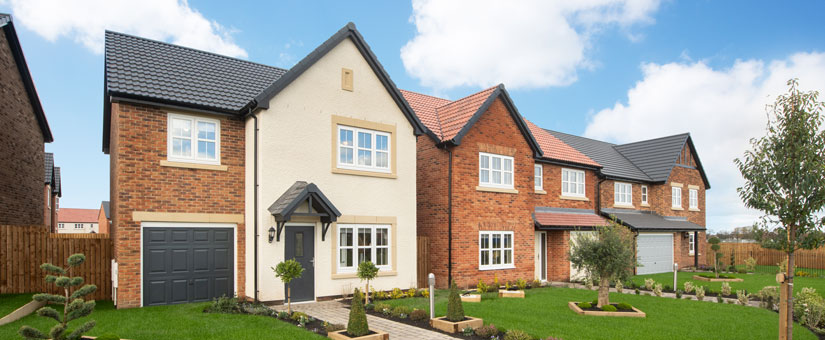New development to deliver community facilities, affordable housing, and over £2.5 million in local investment
We are pleased to announce the submission of an outline planning application to Chorley Council for a new residential development on the site of the former Camelot Theme Park in Charnock Richard.
The proposed scheme includes up to 350 new homes, with 50% affordable housing for eligible local people – representing a significant contribution towards meeting local housing needs.
Designed to complement the surrounding area, the development will offer a wide range of properties. From first-time buyers to downsizers or those looking for a ‘forever’ family home, this scheme will deliver new homes for residents at different life stages.
Alongside much-needed homes, the development will also deliver a dedicated community hub offering flexible space for co-working, meetings, and activities for local community groups – providing a valuable shared asset for both new and existing residents.
Designed to integrate sensitively with the local environment, the plans also include a 10% biodiversity net gain through the enhancement of habitats for native wildlife. A key feature of this will be the de-culverting of a section of Syd Brook, helping to restore natural water flow and support local ecosystems.
Siobhan Sweeney, North West Land Manager for Story Homes, said:
“We are excited to bring forward plans for this significant development on a well-known local site. Our proposal not only addresses the strong demand for high-quality, affordable homes in Chorley, but also places emphasis on sustainability and community investment.
“Through the delivery of affordable homes, investment in green infrastructure, and the creation of new community spaces, we’re committed to ensuring that this scheme supports local people and enhances the wider area.”
The scheme is expected to deliver over £2.5 million in Community Infrastructure Levy (CIL)* contributions, which will be used to support improvements to local infrastructure and services. In addition, Section 106** contributions will be discussed with key stakeholders, with expectations that these will include support for improved bus services to better connect the development with the surrounding area.
The construction phase will bring further economic benefits to the area, creating direct and indirect employment opportunities through local subcontractors and supply chains. Once completed, the new homes will contribute to increased demand for local businesses and services, further supporting the local economy.
We look forward to engaging with the local community and working closely with Chorley Council as the application progresses.
*Community Infrastructure Levy is a charge which can be levied by local authorities on new development in their area.
** A Section 106 Agreement is a legal agreement between an applicant seeking planning permission and the local planning authority, which is used to mitigate the impact of any new homes on the local community and infrastructure.


